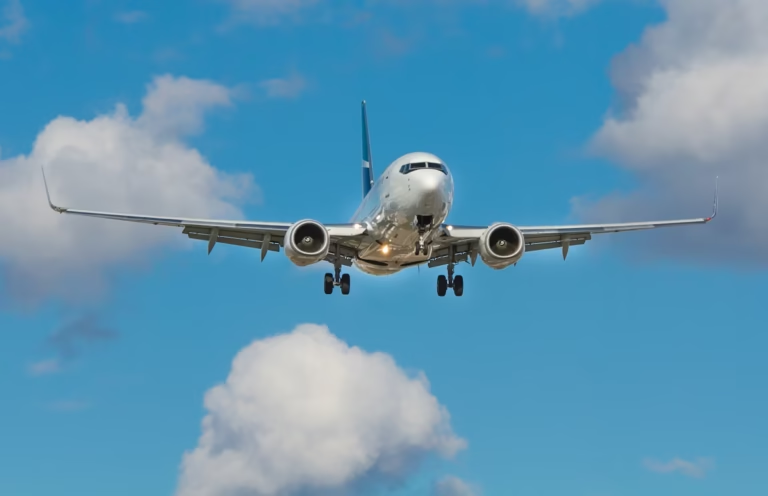People often overlook plane tires, but they’re crucial for safe takeoffs, landings, and ground movements. Even the most high-tech aircraft would struggle to operate without properly functioning tires. Understanding their role can help you grasp how complex and precise modern flying is.
Here are some explanations of the connection between tires and flight safety.
Tires Are the First and Last Point of Contact
Tires play a crucial role in every flight. You might not pay attention to them as a passenger, but they’re the first to contact the runway when landing and the last to leave it during takeoff. This means they need to be in optimal condition to handle the intense forces at play. When a plane lands, its tires transition from complete stillness to rapid motion in just moments. They absorb the impact and maintain the plane’s stability. If they fail at this critical moment, it could lead to serious consequences. That’s why reliable tires are essential to maintaining flight safety.
They Can Take on Huge Loads and Pressure
Aircraft tires are designed to support enormous loads. Each tire might bear weight in the tens of thousands of pounds depending on the aircraft’s size. They require inflation to very high pressures—often over six times that of a car tire—to maintain their shape and function effectively under stress. This high-pressure configuration helps them absorb landing impacts and support the aircraft’s weight during taxiing. A tire that’s underinflated or damaged can deteriorate, burst, or even cause the aircraft to veer off the runway. That’s why in aviation, regular inspections and maintenance are non-negotiable.
They Support Braking and Directional Control
While brakes are crucial for stopping an aircraft, tires play an equally important role. During landing, the tires help generate the friction necessary for deceleration. Anti-skid systems rely on proper tire grip, especially on wet or icy runways. Additionally, tires assist in steering the aircraft during ground operations and takeoff rolls. If the tires malfunction, the aircraft could deviate from its course or fail to stop within the required distance. This means tire condition directly impacts safety during ground operations.
They Must Perform in All Conditions
Aircraft operate in diverse environments, from scorching deserts to frigid arctic regions. Their tires must perform effectively regardless of location. Tire manufacturers utilize specialized rubber compounds that maintain flexibility and durability in both extreme heat and cold. Whether facing rain or snow, these tires must provide adequate grip and keep the aircraft stable. This ability to function across various conditions is one reason why airplane tires undergo such rigorous design and testing before being approved for aircraft use.
They Go Through Tough Upkeep and Checks
Airlines maintain rigorous protocols for tire maintenance to ensure flight safety. Ground crews inspect tires after virtually every flight, checking for wear patterns, cuts, or foreign object damage. The tires undergo multiple retreading processes, where worn treads are replaced to extend their service life while maintaining performance standards. Each retreaded tire must meet the same stringent safety requirements as new ones. Airlines also maintain detailed performance records to anticipate when replacements will be needed. This proactive approach helps prevent issues and ensures every tire is flight-worthy.
Conclusion
While aircraft tires might not be the most prominent component, they are fundamental to aviation safety. Their role extends far beyond what meets the eye – from supporting the aircraft’s immense weight to ensuring smooth takeoffs and landings. The complexity of their function requires meticulous attention to detail. Though passengers rarely witness the extensive maintenance procedures these tires undergo, the work continues diligently before each flight.

